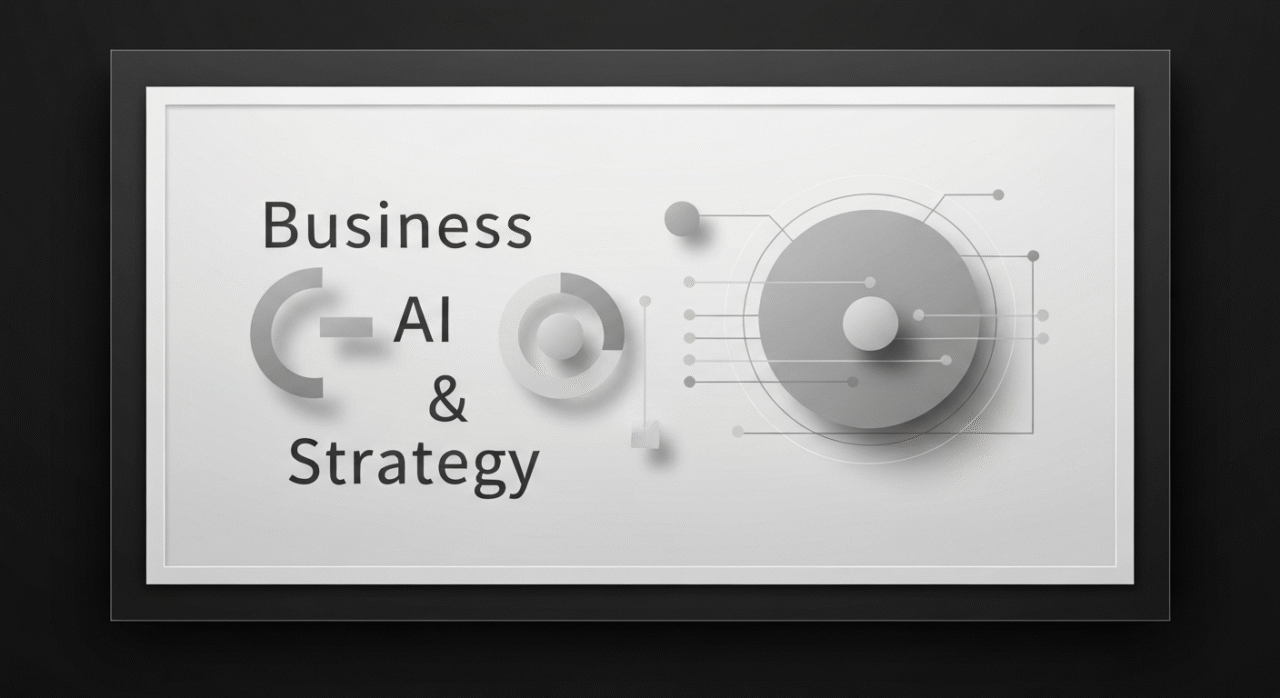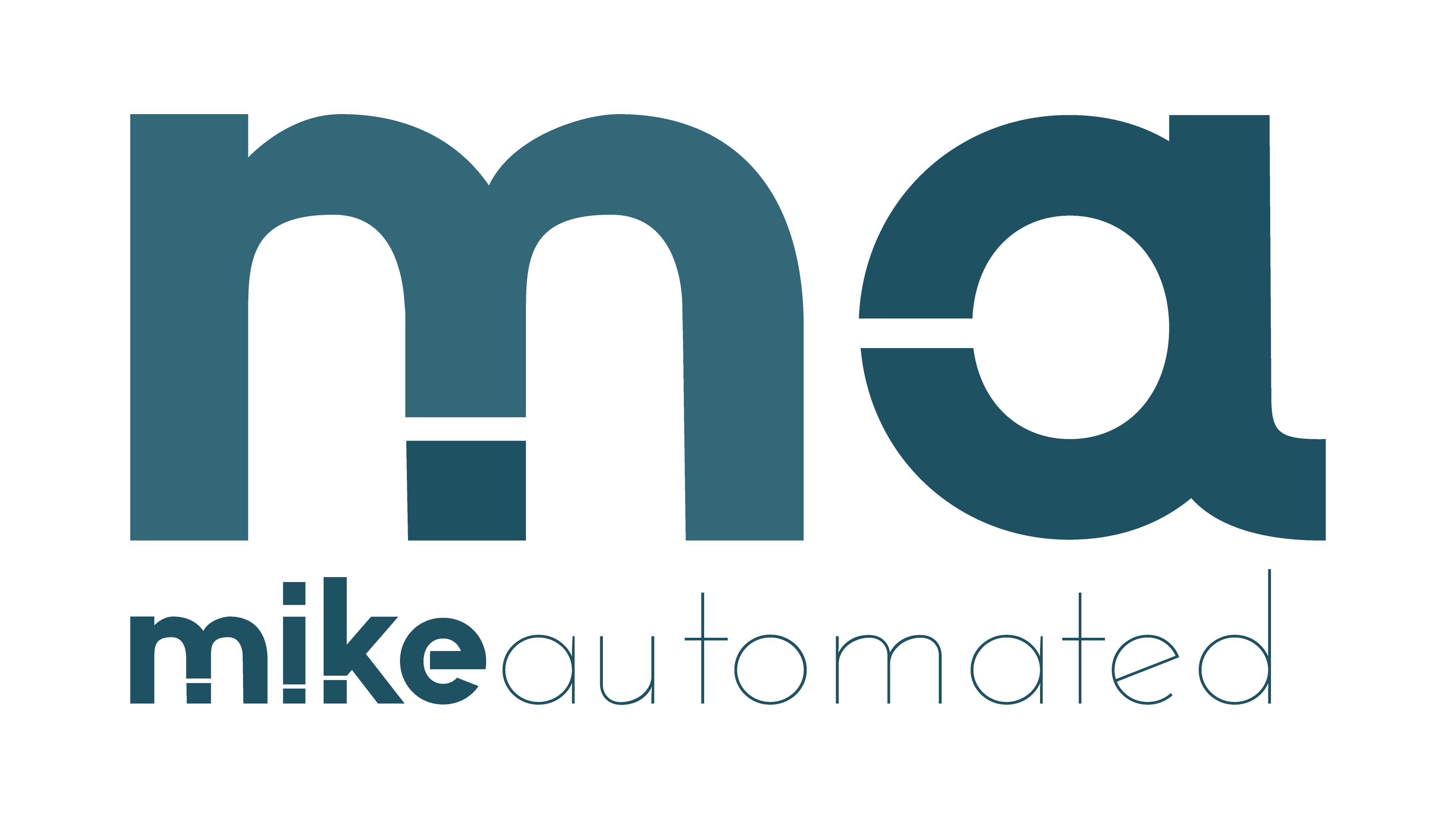TL;DR
- The Cost of Doing Nothing With AI is real, measurable, and rising as competitors adopt smarter automation and data-driven decision making.
- Inaction increases risk from disruption, reduces agility, and erodes margins over time. Quick, targeted AI wins beat waiting for perfect solutions.
- Start with a clear plan: identify 2–3 high-impact use cases, establish data governance, and assign accountable owners. Progress compounds.
- Measure both numbers (ROI, payback, TCO) and non-numbers (customer experience, speed to insight) to show value and guide next steps.
- Use a short, action-oriented roadmap that scales: pilots, observability, governance, and a path to larger deployments. Act now to shape the competitive landscape.
In today’s business environment, AI transformation is not a luxury; it’s a strategic imperatives. The Cost of Doing Nothing With AI grows as processes stagnate, data Silos widen, and competitors capture efficiencies that lock in revenue. This article explains why inaction is a risk, how to quantify it, and how to move from hesitation to measurable progress.
The Cost of Doing Nothing With AI: What It Means for Your Business
The Cost of Doing Nothing With AI isn’t a single number. It’s a compound effect of missed opportunities, slower decision cycles, and a widening gap versus peers who automate, learn, and adapt faster. When leaders postpone AI initiatives, they often pay in three forms: revenue leakage, operational drag, and strategic misalignment.
First, revenue and margin pressure erode as customers expect faster, more personalized experiences. AI-enabled experiences are table stakes in many industries, from ecommerce to industrial services. If you wait, competitors may win complex deals on price, speed, and availability that you can’t match without similar capabilities.
Second, operations become less efficient. Automating routine tasks reduces cycle time and frees talent for higher-value work. Without automation, teams spend more time on manual data handling, error correction, and rework. The result is higher operating cost and slower time-to-market for new products or services.
Third, strategic risk grows. AI enables scenario planning, demand forecasting, and supply-chain resilience. When you delay building AI capabilities, you rely on historical data and static models that fail to adapt to change. In a volatile market, that mismatch translates into missed opportunities and increased vulnerability to disruption.
To ground this in reality, consider a mid-sized distributor that delays AI-enabled pricing and inventory optimization. Over a single fiscal year, marginal improvements from automating pricing could translate into millions in profit. If the company postpones adoption, it risks a 5–12% margin erosion as competitors capture demand with dynamic pricing and stock optimization. These figures aren’t guarantees, but they illustrate how waiting compounds risk and reduces strategic options.
Internal link: learn how data readiness and governance underpin successful AI deployments. Another practical resource is our automation risk assessment to identify where in-place automation fails and where AI can reduce that risk.
What The Cost of Doing Nothing With AI Looks Like in Practice
Hidden costs you may overlook
Inaction hides several costs. Data silos persist, making cross-functional insights harder and slower to generate. Manual processes persist, creating human bottlenecks and error-prone operations. If your team spends time on repetitive tasks, you miss chances to apply expertise to strategic work, product innovation, and customer-centric improvements.
Security and compliance risk also rise when processes stay manual and fragmented. AI initiatives often rely on data pipelines and governance frameworks that, once in place, reduce risk and improve traceability. Delaying these capabilities can keep your risk profile higher than peers who have formalized controls and auditing trails.
Market signals that matter
Customers increasingly expect AI-driven features: personalized recommendations, proactive support, and real-time insights. Shelving AI projects may signal a lack of modernization and cause customers to seek competitors that offer faster, smarter experiences. Acting now helps you shape the value proposition, not merely respond to it.
From a talent perspective, teams reward environments that provide clear data and automation tools. Without AI enablement, you risk talent attrition as staff seek workplaces that leverage modern technology to amplify impact. The cost of doing nothing includes losing the strategic contributions that your people could deliver with AI assistance.
How to Measure The Cost of Doing Nothing With AI
Quantitative metrics to track
Use a concise framework to quantify the cost of inaction. Key metrics include:
- ROI and TCO (total cost of ownership) for AI pilots and full-scale deployments.
- Payback period for initial use cases, typically 6–18 months depending on the process.
- Revenue impact from improved pricing, demand sensing, or personalized marketing.
- Operational efficiency gains, such as reduced cycle time and lower error rates.
- Time-to-insight improvement across departments, from sales to product development.
Link these metrics to business outcomes—customer retention, margins, and growth rate. Use dashboards that combine financial metrics with operational indicators to show progress in one view. Internal links: AI ROI dashboard and pilot prioritization workflow.
Qualitative indicators that matter
Not all value is numeric. Consider customer experience, employee engagement, and speed to market when assessing impact. AI can empower frontline teams with decision support, enabling faster responses and better service. When teams see tangible improvements in daily work, adoption accelerates and so does the strategic payoff.
Additionally, evaluate change readiness—the organization’s ability to adopt, govern, and scale AI responsibly. Without governance, pilots may fail to scale or produce inconsistent results. A robust governance model reduces risk and increases trust in AI outcomes.
From Insight to Action: Quick Wins and a Roadmap
How to pick your first AI use case
Choose a use case that delivers measurable impact in a short time window. Prioritize those with high data availability, clear success metrics, and a path to scaling. Examples include pricing optimization, inventory forecasting, and customer support automation. You can test multiple ideas in parallel, but focus on one or two with the strongest business case.
Document the expected impact, data requirements, success criteria, and a clear owner. Start with an end-to-end view from data ingestion to decision or action, so you can measure true value as you scale. For inspiration on structure, see our AI strategy playbook.
Build an AI readiness plan in 4 weeks
Week 1: Data audit and governance basics. Identify data sources, ownership, and quality gaps. Establish privacy and security controls. Week 2: Quick wins scoping. List 3–5 candidate use cases with expected ROI. Week 3: Architecture and tooling. Decide on platforms, models, and integration points. Week 4: Pilot execution plan. Assign owners, set milestones, and define success criteria. This phased approach keeps momentum and reduces risk.
Throughout the plan, maintain cross-functional sponsorship. AI is not a tech project alone; it requires business alignment, ethics, and governance to succeed. Internal link: AI governance and ethics.
A Practical Scenario: Inventory Optimization in Action
Scenario setup
Imagine a regional retailer facing volatile demand and shelf-life pressure. The company implements an AI-driven inventory optimization system to balance stock levels with promotions, lead times, and supplier reliability. The pilot uses historical sales, promotions, and supplier data to forecast demand and optimize replenishment orders weekly.
Impact if you wait
If the retailer delays, it misses price and stock optimization advantages during peak seasons. That leads to higher stockouts, slower response to trends, and increased markdowns. In contrast, a 6–12 month AI-enabled optimization program can reduce excess inventory by 10–20% and improve gross margin by 2–3 percentage points, even after implementation costs. The delta compounds year over year as processes learn and adapt.
This scenario illustrates the core message: The Cost of Doing Nothing With AI is not just a one-time loss; it’s a recurring drag on profitability and growth that grows as markets evolve. Small, well-structured pilots compound into competitive advantages if scaled with governance and a clear roadmap.
Visual Aid: A Simple ROI vs Inaction Chart

Purpose: This visual demonstrates how AI adoption accelerates ROI over time compared with inaction. It highlights payback periods, cumulative profit impact, and risk exposure. Use it in leadership meetings to communicate the value of a staged, measurable AI program.
Conclusion: Act Now to Shape Your Strategy with AI
The decision to move forward with AI is a strategic choice, not a technical one. The Cost of Doing Nothing With AI grows as market dynamics shift and competitors accelerate. By starting with small, well-defined pilots, building governance, and tracking both quantitative and qualitative value, you can convert uncertainty into momentum and ensure your business remains competitive.
Take the first step today: inventory a few candidate use cases, verify data readiness, and appoint a cross-functional owner. For practical guidance, explore our AI readiness checklist and consider a short alignment workshop with stakeholders across product, sales, and operations. The path to durable advantage is visible when you translate insight into action, quickly and responsibly.
Ready to start? Begin with a 30-day AI sprint to establish governance, prove early value, and set the foundation for scalable AI initiatives. The sooner you begin, the sooner you outperform peers who still debate if it’s worth trying.



